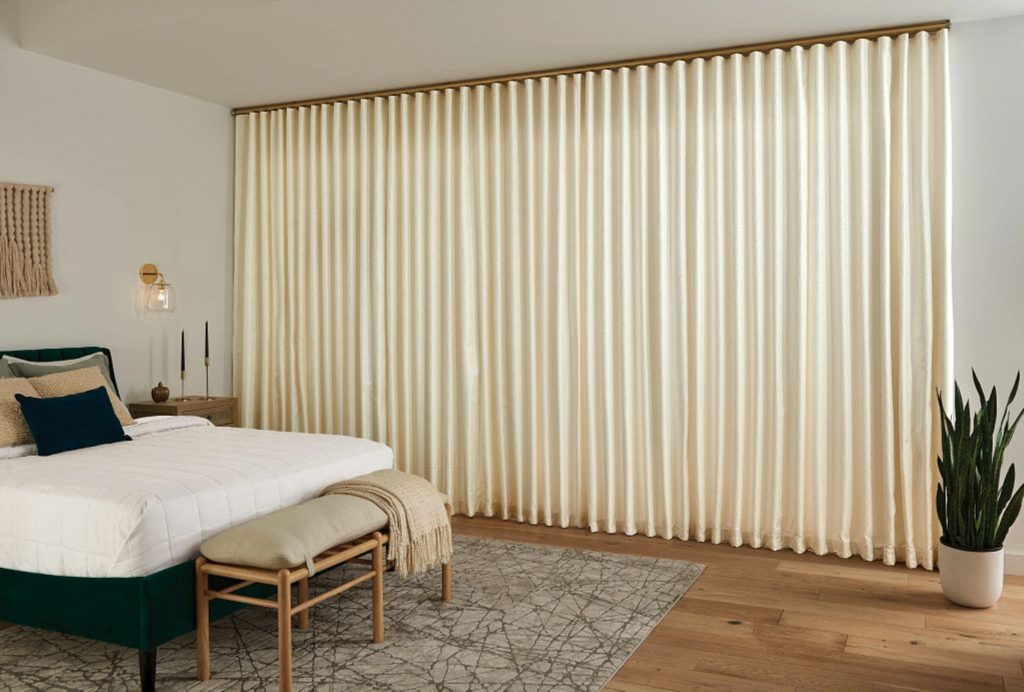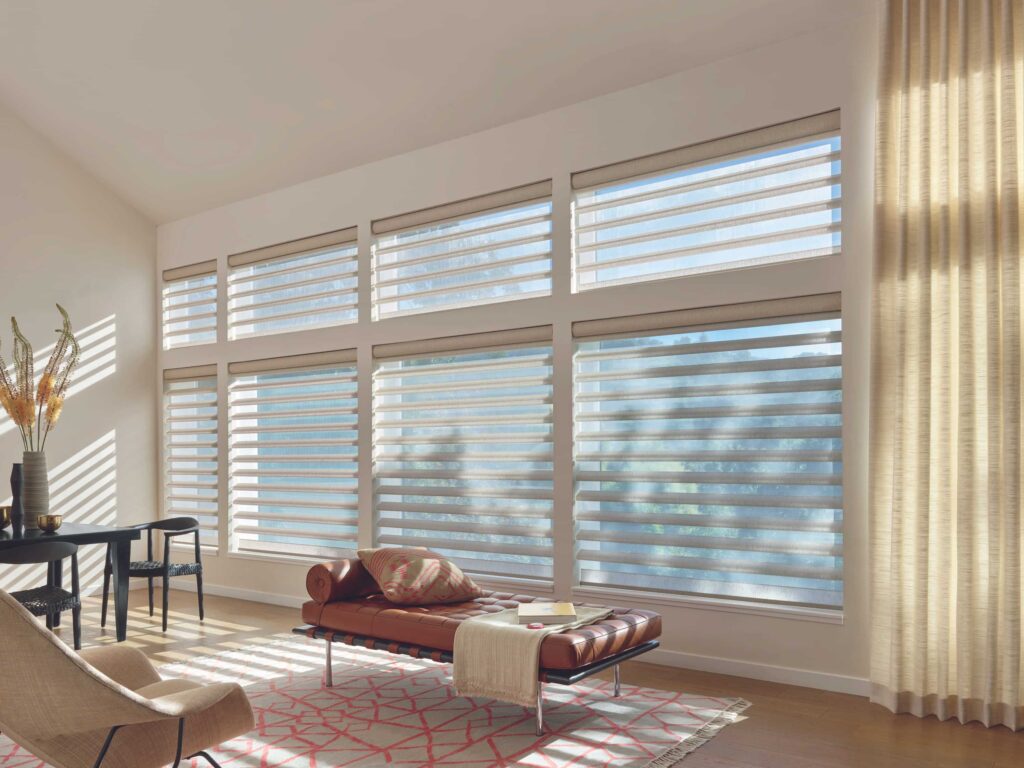Window coverings are an essential part of any home, offering both aesthetic appeal and practical benefits. From maintaining privacy to enhancing energy efficiency, the right window treatments can make a big difference in a room’s atmosphere. Whether you’re aiming to block out sunlight, add a pop of color, or create a cozy ambiance, window coverings have the power to transform your living space. In this article, we’ll delve into the different types of window coverings, their advantages, and how to choose the best one for your home.
Types of Window Coverings
There are several types of window coverings to consider, each offering unique benefits and styles:
1. Blinds
Blinds are a versatile and popular choice for window coverings. They feature slats that can be tilted or adjusted to control light levels and privacy. The main types of blinds include:
- Venetian Blinds: Made of horizontal slats, typically wood or aluminum, these offer excellent light control and are easy to clean.
- Vertical Blinds: These feature vertical slats and are ideal for large windows or sliding glass doors.
- Mini Blinds: Smaller horizontal slats, often made of aluminum or vinyl, ideal for compact windows.
Benefits: Blinds are durable, easy to maintain, and allow for precise control over light and privacy.
2. Shades
Shades are another great option for window coverings. Unlike blinds, shades are made from a single piece of fabric or material, and they roll up or down. Common types of shades include:
- Roman Shades: These shades fold neatly into pleats when raised and provide a soft, elegant look.
- Roller Shades: These are simple and modern, rolling up into a cylinder at the top when not in use.
- Cellular Shades: Also known as honeycomb shades, they are energy-efficient because their structure traps air and provides insulation.
Benefits: Shades offer a clean, streamlined look and are available in a variety of fabrics, patterns, and textures to complement any room.
3. Curtains and Drapes
Curtains and drapes are traditional window coverings that can add a sense of luxury and sophistication to any room. While both terms are often used interchangeably, there are a few differences:
- Curtains are typically lighter and can be made of various materials, such as cotton, linen, or polyester.
- Drapes are usually heavier, lined, and often used for more formal settings.
Benefits: Curtains and drapes can provide maximum light control and privacy while adding warmth and style to a room. They are perfect for creating a cozy atmosphere in living rooms and bedrooms.
4. Shutters
Shutters are a more permanent and traditional window covering option. Made from materials like wood or faux wood, shutters feature hinged panels that can be adjusted to control light and airflow.
Benefits: Shutters are durable and add a timeless, classic touch to your home. They also offer excellent light control and can increase a home’s resale value.
5. Valances
Valances are decorative window treatments that cover only the upper part of the window, often used in conjunction with other window coverings like blinds or curtains. They come in various styles, such as box pleated, swag, or balloon.
Benefits: Valances add an extra layer of style and can be used to hide hardware or the tops of blinds and shades. They work well in spaces where you want to add a decorative touch without covering the entire window.
Benefits of Window Coverings
1. Privacy and Light Control The primary function of most window coverings is to provide privacy and control the amount of natural light entering a room. Whether you need complete darkness for a bedroom or moderate light for a living area, window treatments allow you to adjust the ambiance of your home.
2. Energy Efficiency Certain window coverings, especially cellular shades, can help improve the energy efficiency of your home by insulating windows and reducing heat loss in the winter and heat gain in the summer. This can lead to lower energy bills and a more comfortable indoor environment.
3. Noise Reduction Heavy curtains or drapes can help absorb sound, reducing noise levels and making your home quieter. This is particularly useful for homes in noisy areas or for creating a peaceful atmosphere in bedrooms and living rooms.
4. Aesthetic Appeal Window coverings are a key element of interior design. The right treatments can tie a room’s decor together, complementing colors, furniture, and other design elements. From bold patterns to subtle textures, window coverings allow for endless customization to match your style.
5. Protection from UV Rays Excessive sunlight can cause fading to your furniture, carpets, and artwork. Certain window coverings, such as roller shades and cellular shades, offer UV protection to preserve your home’s furnishings and prevent sun damage.
How to Choose the Right Window Covering
Choosing the right window covering depends on several factors:
- Functionality: Consider how much light control, privacy, and insulation you need. For bedrooms, blackout shades or heavy drapes may be best, while living rooms might benefit from lighter curtains or blinds.
- Style: Window coverings should complement the overall decor of your room. Think about the color, texture, and material that will enhance the space.
- Budget: Prices vary widely based on the type, material, and customization of the window coverings. Determine a budget and explore options within that range.
- Ease of Maintenance: Some window coverings require more upkeep than others. Blinds and shades tend to be easier to clean than drapes, which may need dry cleaning.
- Durability: Consider how long you want your window coverings to last. Wood and faux wood options are highly durable, while fabrics like linen and cotton may require more frequent replacement.
Conclusion
Window coverings are an essential component of any home, offering privacy, light control, and aesthetic appeal. With numerous options available, there is a window treatment solution for every need and style. Whether you opt for the sleek look of blinds, the elegance of curtains, or the functionality of shades, the right window coverings can enhance your living space and improve your home’s energy efficiency. So take the time to explore your options and choose the perfect treatment for your windows!



